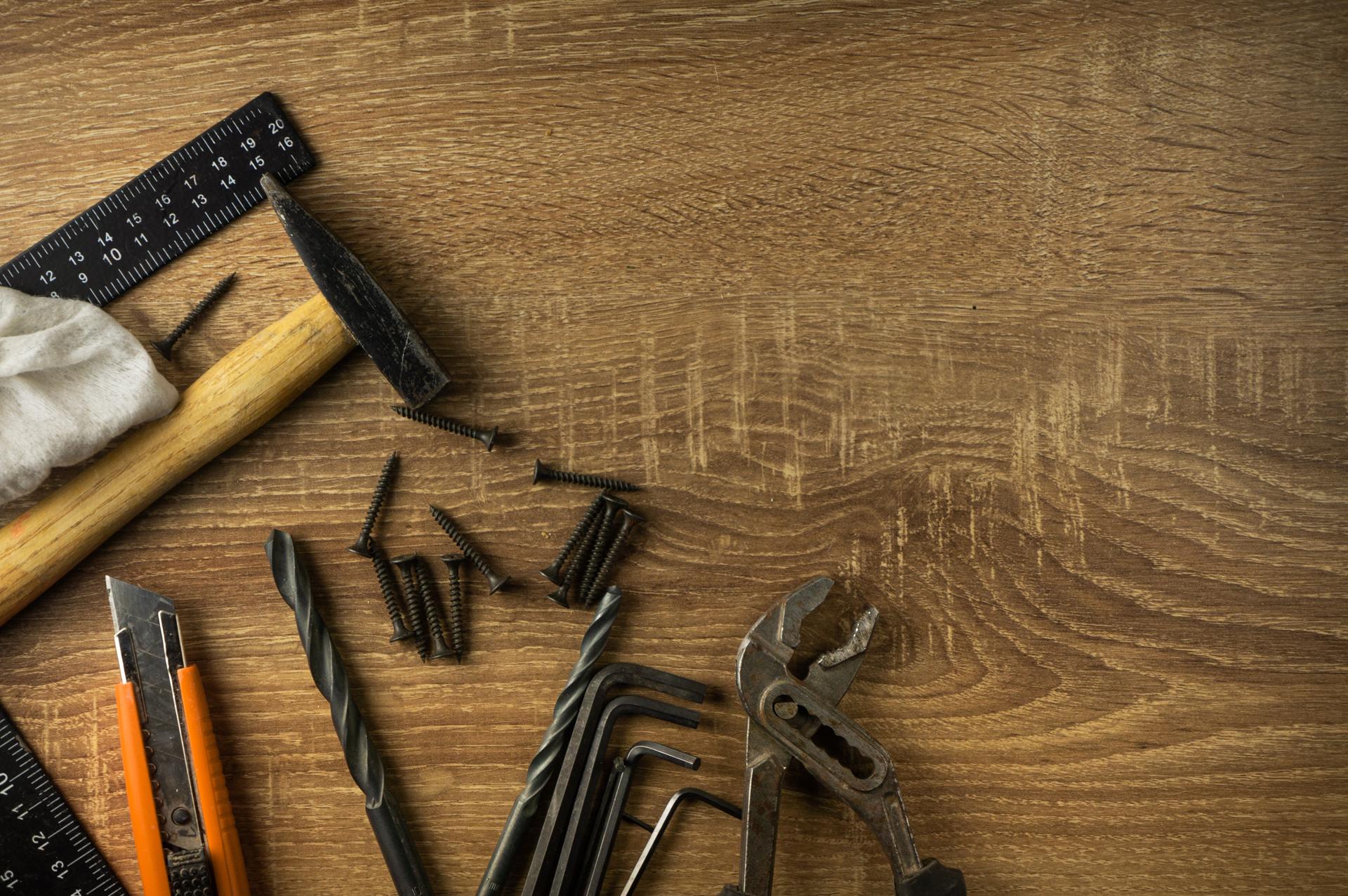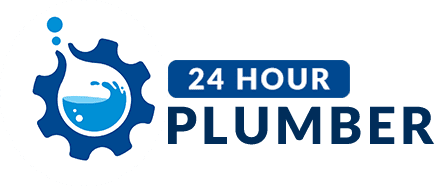Refuse to Call a Plumber! Find Out How to Fix Frequent Plumbing Issues Yourself

They are an essential component of every home. Without proper maintenance they could become a source of many problems that can lead to frustration and costly repairs.
There are numerous advantages to learning to fix small plumbing problems yourself, such as saving money and developing valuable abilities. In this article, we’ll cover common plumbing problems and DIY techniques to fix them.
Common Plumbing Issues
Dripping Faucets
Dripping faucets aren’t just annoying, but they also use up a large quantity of water in time. The most typical cause of a dripping faucet is a damaged washer, or an O-ring. To remedy this problem switch off the supply of water for the faucet. disassemble the handle, then replace the worn-out washer or O-ring.
Running Toilets
A toilet that is running is another frequent plumbing problem that could waste a lot of water. The most frequent cause is a faulty flapper valve that’s not sealing properly, allowing water to escape from the tank and into the bowl. To correct this problem, turn off the water supply to the toilet, remove the tank lid, and adjust or replace your flapper valve.
Clogged Drains
Drains that are clogged can be caused by a variety of factors, including soap, hair, or food particles. To fix this issue you could try using the plunger or drain snake to get rid of the clog. Alternatively, you can make a paste of vinegar and baking soda to break up the blockage.
Low Water Pressure
Low water pressure could be due to a variety of causes, including mineral buildup in pipes or a malfunctioning pressure regulator. To resolve this issue, you can try cleaning the aerator or replacing the pressure regulator.
Tools Needed for DIY Plumbing
To perform DIY plumbing, you will need a few essential tools, such as a plunger, adjustable wrench pipe wrench, Teflon tape, and screwdriver. With these tools in your arsenal, it can make it much easier to repair minor plumbing problems.
Tips to be Safe when doing your own plumbing
Safety should always be the top priority when making any plumbing work that you do yourself. Some safety tips to keep in mind include shutting off the water source prior to beginning any repair, wearing safety glasses and gloves, and keeping a first-aid kit nearby in case in the event of an emergency.
DIY Plumbing Techniques
To resolve common plumbing issues for common plumbing issues, you’ll need to master some DIY plumbing techniques such as how to shut off the water supply and how to fix a dripping faucet, how to fix an unresponsive toilet, how to unclog a drain, and ways to increase the pressure in your water. These methods can save you time and money on small plumbing repairs.
Conclusion
Learning how to fix small plumbing problems yourself can be beneficial in numerous ways. Not only can it cost you less cash, it will provide you with satisfaction and valuable knowledge. However, for more significant plumbing issues, it’s always recommended to contact a professional plumber.
FAQ
Can I fix a plumbing problem myself?
Yes, you can repair minor plumbing problems yourself by learning a few basic plumbing skills.
Are there any frequent plumbing issues?
The most frequent plumbing issues are dripping water from faucets, clogged drains, and low pressure water.
What tools do I need for DIY plumbing?
You will need a few indispensable tools like a plunger, adjustable wrench pipe wrench, Teflon tape, and an screwdriver.
Is DIY plumbing safe?
DIY plumbing can be safe if you follow safety guidelines and take proper precautions.
When should I contact for a licensed plumber?
It is recommended to contact a professional plumber for plumbing problems of a serious nature that require specialist equipment and experience.
